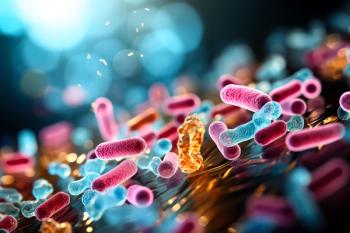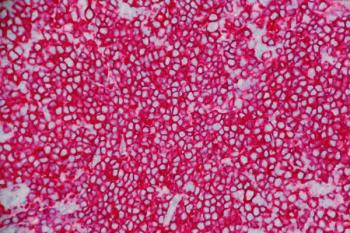
High-Dose Vitamin D Can Successfully Attack Cancer Cells
Cancer cells more prone to damage and death from high amounts of hydrogen peroxide.
Study results for vitamin D used as a cancer therapy have varied, but new research suggests the vitamin has been used in a way that almost guarantees failure.
In a study published in Redox Biology, investigators showed how administering vitamin C intravenously—–bypassing normal gut metabolism and excretion pathways––rather than orally, creates blood levels 100 to 500 times higher than those seen with oral ingestion.
Saturating the blood with super-high concentrations is critical to vitamin C’s ability to attack cancer cells, according to the study.
Earlier research conducted in test tubes and mice have shown that at extremely high levels, vitamin C can selectively kill cancer cells without causing harm to normal cells.
Currently, the approach is being tested in clinical trials for pancreatic and lung cancer, by combining high-dose intravenous vitamin C with standard chemotherapy or radiation.
Phase 1 trials have indicated this treatment as safe and well tolerated, and current larger trials seek to determine if the treatment can improve survival.
In the current study, the investigators were able to hone in on the biological details of how
Vitamin D breaks down easily, generating hydrogen peroxide that can damage DNA and tissue. Tumor cells with low levels of catalase enzyme activity are much less efficient in removing damaged hydrogen peroxide than normal cells. Furthermore, they are more susceptible to damage and death when exposed to high doses of vitamin D.
“In this paper we demonstrate that cancer cells are much less efficient in removing hydrogen peroxide than normal cells,” said investigator Garry Buettner. “Thus, cancer cells are much more prone to damage and death from a high amount of hydrogen peroxide. This explains how the very, very high levels of vitamin C used in our clinical trials do not affect normal tissue, but can be damaging to tumor tissue.”
Normal cells can remove hydrogen peroxide in several different ways and keep it at very low levels so it does not cause damage. The results of the study showed the catalase enzyme is the central route for removing hydrogen peroxide generated by decomposing vitamin C.
The findings may help determine which cancers and therapies could be improved by including high-dose ascorbate in the treatment, according to the authors.
“Our results suggest that cancers with low levels of catalase are likely to be the most responsive to high-dose vitamin C therapy, whereas cancers with relatively high levels of catalase may be the least responsive,” Buettner said.
The authors noted that future goal is to develop methods that can measure the catalase levels in tumors.
Newsletter
Stay informed on drug updates, treatment guidelines, and pharmacy practice trends—subscribe to Pharmacy Times for weekly clinical insights.














































































































































































































